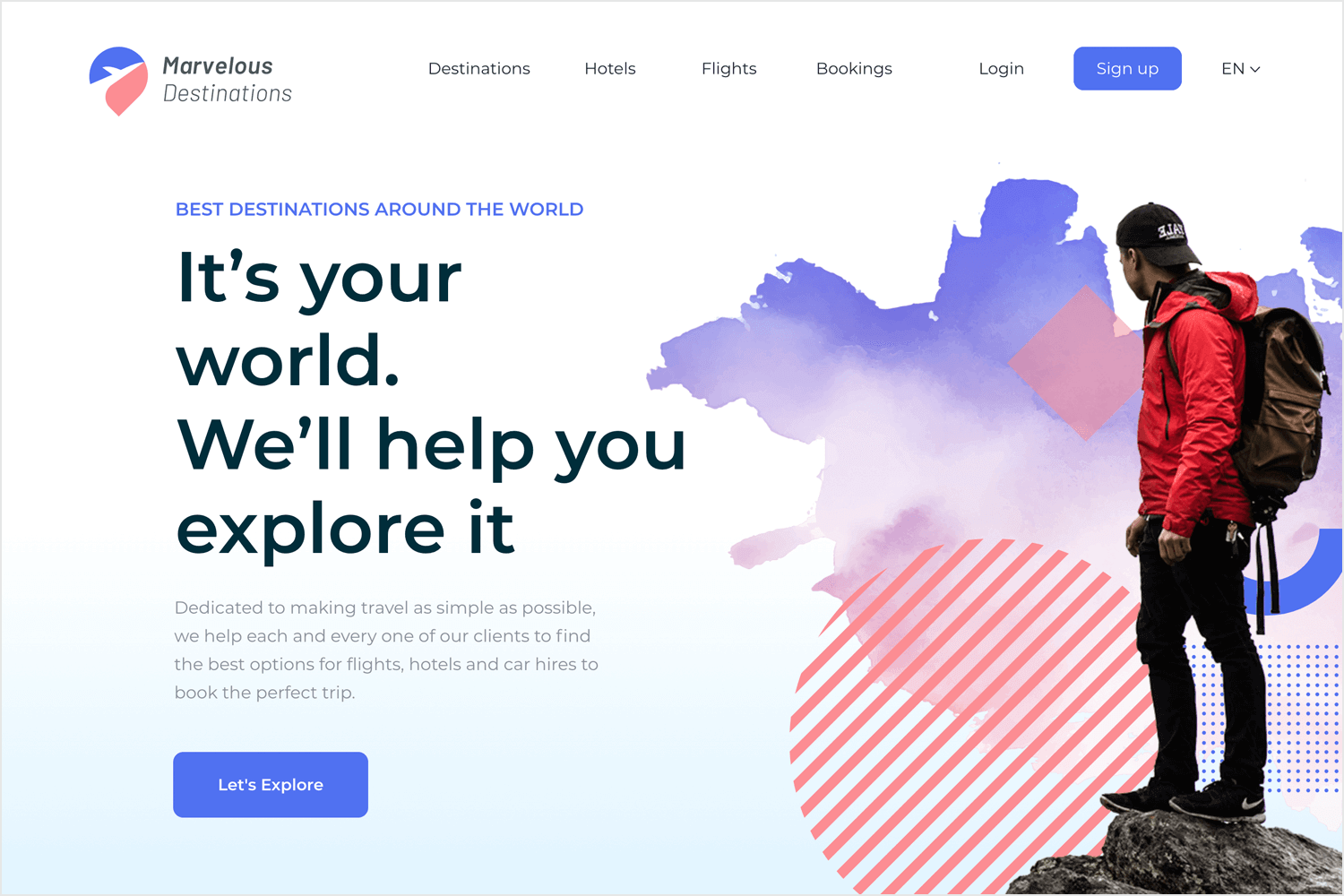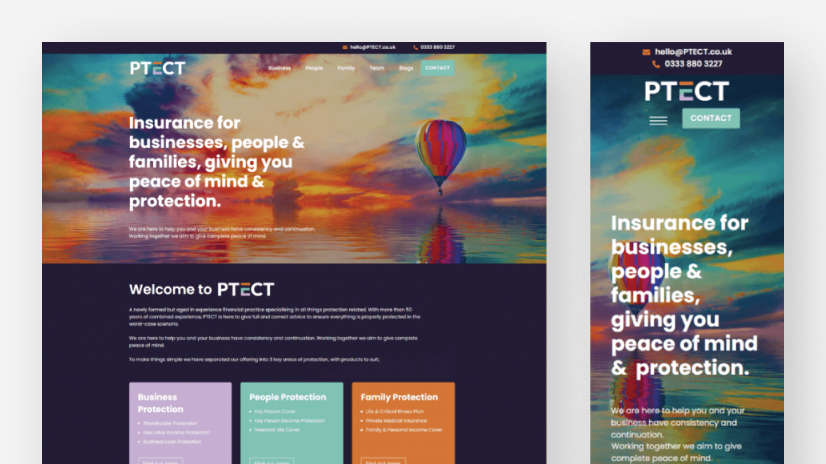Leading Site Layout Trends for 2024: What You Need to Know
As we approach 2024, the landscape of site style is set to go through significant improvements that prioritize individual experience and engagement. Trick patterns are emerging, such as the increasing fostering of dark mode for improved ease of access and the integration of vibrant microinteractions that elevate customer interaction. Additionally, a minimal aesthetic continues to control, concentrating on capability and simpleness. The most remarkable improvements might exist in the world of AI-powered personalization, which promises tailored experiences that anticipate individual demands. Comprehending these patterns will be essential for any person seeking to stay appropriate in the electronic sphere.
Dark Mode Layout

The psychological impact of dark mode should not be ignored; it communicates a sense of modernity and sophistication. Brands leveraging dark mode can elevate their electronic presence, interesting a tech-savvy target market that appreciates contemporary layout appearances. Dark mode allows for greater comparison, making message and graphical aspects stand out much more effectively.
As web developers aim to 2024, incorporating dark setting choices is ending up being significantly crucial. This fad is not simply a stylistic option but a strategic choice that can significantly boost individual engagement and complete satisfaction. Companies that accept dark mode layout are most likely to attract users looking for a visually attractive and smooth surfing experience.
Dynamic Microinteractions
While numerous design aspects concentrate on broad visuals, vibrant microinteractions play a critical function in enhancing individual engagement by giving refined feedback and computer animations in response to individual actions. These microinteractions are little, task-focused computer animations that lead individuals through a website, making their experience a lot more delightful and user-friendly.
Instances of dynamic microinteractions consist of switch hover effects, filling animations, and interactive kind recognitions. These elements not only serve practical purposes however likewise develop a feeling of responsiveness, providing customers prompt feedback on their activities. For example, a buying cart icon that animates upon including a thing supplies aesthetic reassurance that the action succeeded.
In 2024, incorporating dynamic microinteractions will certainly come to be significantly important as users anticipate a more interactive experience. Efficient microinteractions can improve usability, minimize cognitive tons, and maintain users engaged much longer.
Minimalist Looks
Minimal aesthetics have obtained substantial grip in website design, focusing on simplicity and functionality over unnecessary embellishments. This method concentrates on the necessary aspects of a web site, removing mess and permitting customers to navigate intuitively. By utilizing sufficient white area, a limited color scheme, and straightforward typography, developers can develop visually appealing interfaces that boost individual experience.
One of the core principles of minimalist style is the notion that much less is more. By eliminating diversions, web sites can connect their messages much more effectively, leading individuals toward preferred activities-- such as making an acquisition or authorizing up for a newsletter. This clearness not only boosts usability but likewise straightens with contemporary customers' choices for simple, effective online experiences.
In addition, minimalist appearances add to much faster packing times, a crucial factor in customer retention and online search engine rankings. As mobile surfing continues to dominate, the requirement for receptive designs that keep their style throughout tools comes to be significantly crucial.
Availability Features

Key availability features consist of alternative message for photos, which gives summaries for customers counting on display viewers. Website Design. This ensures that visually damaged people can understand visual content. Additionally, appropriate heading structures and semantic HTML boost navigation for users with cognitive handicaps and those using assistive modern technologies
Shade contrast is one more important facet. Internet sites should use sufficient contrast proportions to ensure readability for users with aesthetic problems. Keyboard navigating must be smooth, enabling users who can not use a mouse to access all website features.
Implementing ARIA (Easily Accessible Rich Web Applications) functions can additionally boost usability for dynamic material. Integrating captions and records for multimedia material fits individuals with hearing impairments.
As ease of access becomes a standard assumption instead of a second thought, welcoming these functions not just widens your target market yet likewise lines up with honest layout practices, promoting a much more inclusive electronic landscape.
AI-Powered Personalization
AI-powered personalization is revolutionizing the means websites involve with customers, tailoring experiences to individual preferences and behaviors (Website Design). By leveraging sophisticated algorithms and website link artificial intelligence, sites can analyze individual data, such as surfing background, market details, and interaction patterns, to create a more tailored experience
This personalization prolongs past straightforward suggestions. Internet sites can dynamically change content, design, and even navigating based on real-time customer habits, making certain that each visitor experiences a special journey that resonates with their certain requirements. Ecommerce sites can display products that align with an individual's past purchases or rate of interests, improving the chance of conversion.
Additionally, AI can assist in anticipating analytics, permitting sites to anticipate individual needs prior to they even express them. An information system could highlight posts based on a user's reading practices, keeping them involved much longer.
As we relocate right into 2024, integrating AI-powered personalization is not just a fad; it's coming to be a necessity for businesses aiming to enhance customer experience and satisfaction. Business that harness these modern technologies will likely see enhanced engagement, higher retention rates, and ultimately, enhanced conversions.
Conclusion
In verdict, the website design landscape for 2024 stresses a user-centric method that prioritizes readability, involvement, and inclusivity. Dark mode alternatives improve usability, while dynamic microinteractions improve individual experiences through immediate comments. Minimal looks enhance functionality, additional resources making certain quality and convenience of navigating. Availability features serve to fit diverse user requirements, and AI-powered personalization tailors experiences to individual preferences. Collectively, these trends show a dedication to producing sites that are not only aesthetically attractive but likewise extremely efficient and inclusive.
As we come close to 2024, the landscape of internet site design is established to undertake considerable transformations that prioritize user experience and engagement. By removing distractions, internet sites can interact their messages more efficiently, assisting individuals towards wanted actions-- such as signing or making a purchase up for a newsletter. Sites should employ adequate contrast ratios to ensure readability for customers with aesthetic problems. Key-board navigation should be seamless, enabling users who can not utilize a mouse to gain access to all internet site features.
Internet sites can dynamically readjust web content, design, and even navigation based on real-time user habits, linked here making certain that each site visitor experiences a special journey that reverberates with their certain needs.